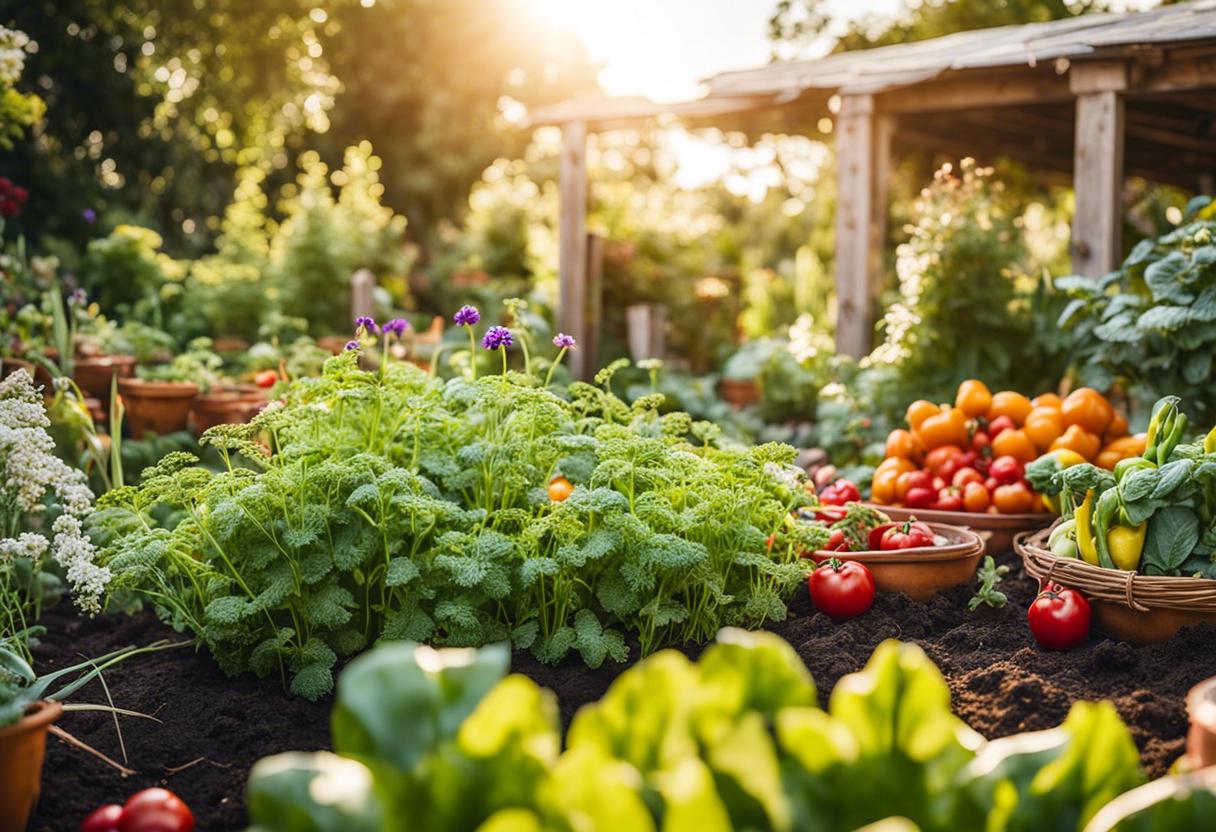Question: Due to the excessive rainy season, my garden is under severe attack from slugs and snails. Do you know of any plants that these pests do not fancy?
Answer: This year has indeed been a dreadful one due to the harm inflicted by slugs and snails on gardens. This is primarily due to the wet conditions and unusually mild winter temperatures that favour these pests. The period between April and May is particularly burdensome as many young seedlings and herbaceous perennials sprout at the same time when slugs and snails have their breeding cycle at its peak. If you can successfully nurse your plants and seedlings through this critical time, they are likely to grow more robust as the season progresses.
Organic slug pellets can be used to fend off these attacks, albeit they provide limited protection during periods of heavy rain and can be cost-intensive when deployed on a large scale. They should be used sparingly, as their iron content may deter earthworm activity. Nematode control used to be another advantageous method for organic gardeners, but its availability has been restricted in recent years due to technical challenges and the impact of Brexit.
It’s beneficial to provide various habitats to invite creatures that feed on these pests, such as birds, hedgehogs, frogs, and ground beetles. Homemade nettle feed and beer traps can also serve as effective deterrents, although they have to be renewed often in wet weather.
This year, I’m planning to experiment with a homemade garlic spray, recommended by a fellow gardener. This involves soaking garlic cloves in a covered bucket of water and then administering this as a diluted foliar feed to susceptible plants using a watering can, every couple of weeks.
From my personal trials and those documented by the RHS Gastropod Barriers project, it appears that common slug and snail deterrents such as crushed eggshells, horticultural grit, coffee residues, wool granules, and copper adhesive tape have all proven to be ineffectively reliable. The most significant way to manage these pests organically appears to be a mix of manual nightly removal and subsequently dealing with them, coupled with good gardening cleanliness.
Garden plants like hosta, delphinium, echinacea, dahlia, ligularia, and lobelia are particularly prone to slug and snail predation. If you’re keen to cultivate these flower types, it’s vital to provide them with extra care, especially when they’re just sprouting from the soil and are at their most delectable and juicy state. While it’s true that shrubs are generally sturdy, certain types, such as magnolias, are susceptible when they are very young.
You may find solace in the fact that many species are nearly resistant to slug and snail attacks. This impressive list encompasses perennial geraniums, linaria, phlox, flax, veronica, penstemon, astrantia, aquilegia, alliums, geum, and euphorbia.
However, tender young seedlings do pose a significant challenge, as they are particularly appealing to slugs and snails. To counter this, in addition to employing the above-mentioned strategies, I recommend cultivating these seedlings in pots or trays before moving them as strong young plants. With some careful nurturing, these young plants can withstand a degree of damage. This method is incredibly useful for a variety of plants, including flowering annuals and vegetables like lettuce, brassicas, courgettes, beans, and peas.

